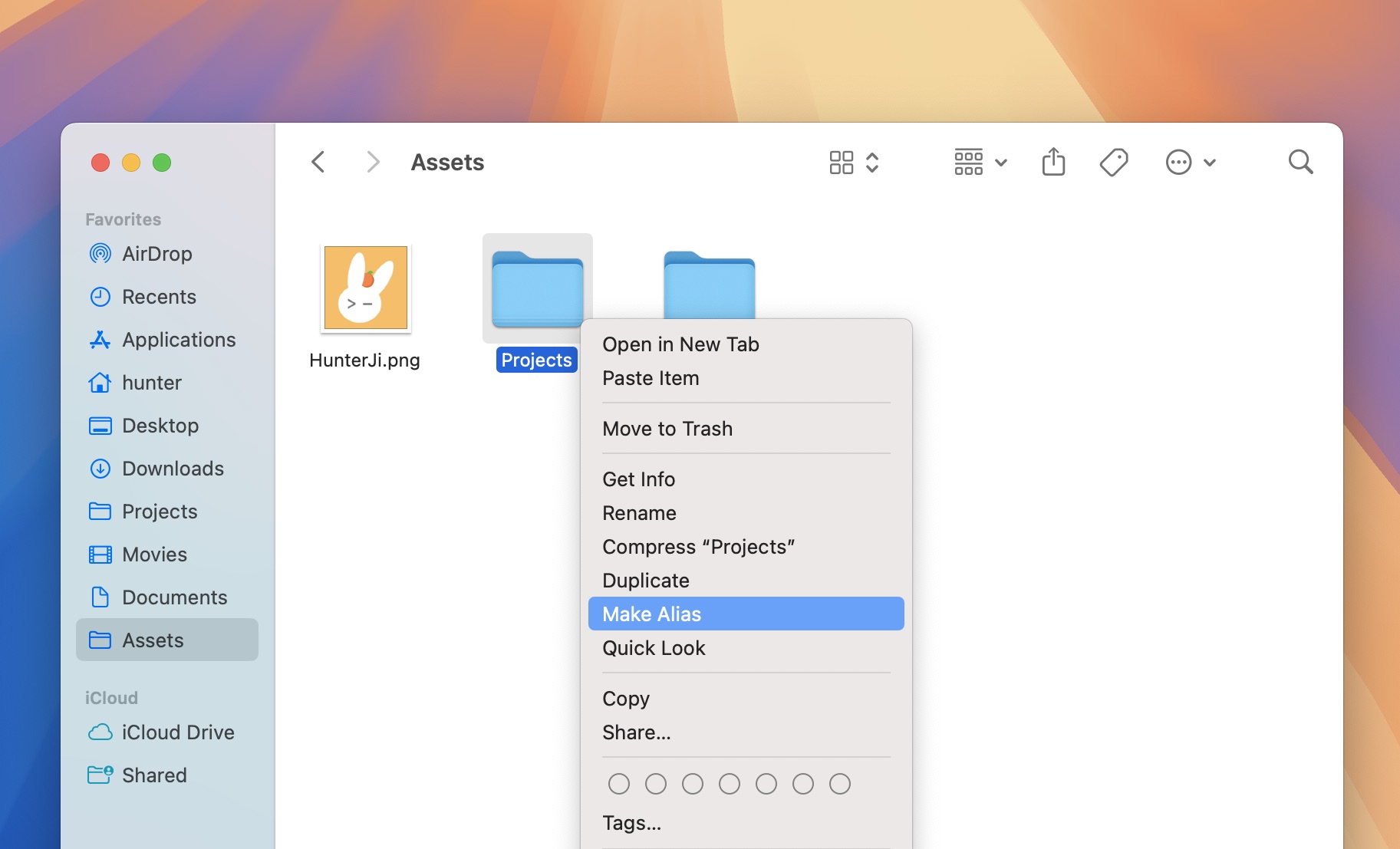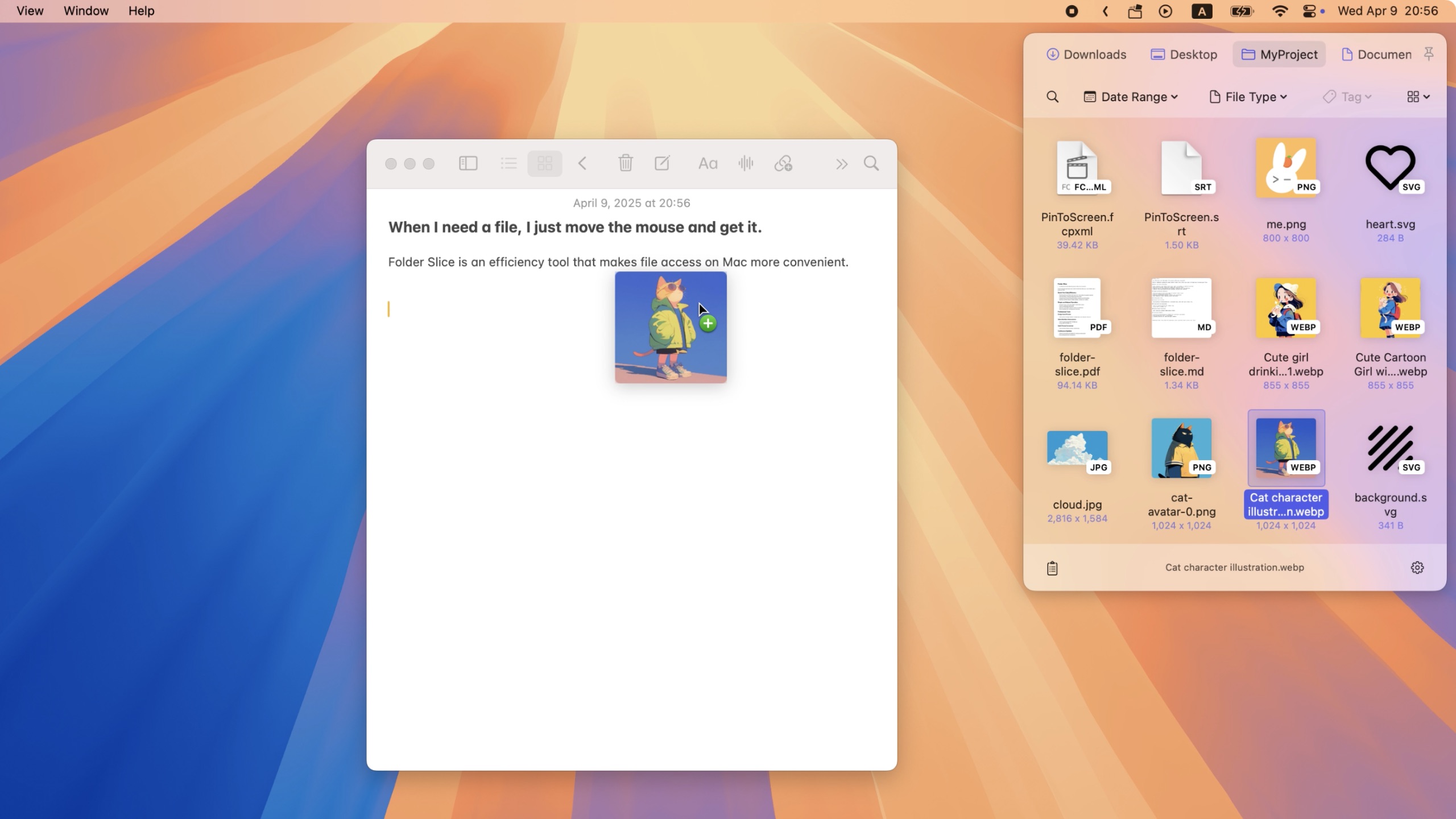How to Create File Shortcuts on Mac: The Complete Guide
Introduction
Do you often need to quickly access certain files or folders on your Mac? While macOS doesn’t offer a “shortcut” feature exactly like Windows, there are several ways to achieve a similar result. This article introduces the most common methods to create file shortcuts on Mac—including built-in options and third-party solutions—to help you boost your productivity.
1. Using Finder Aliases
Finder allows you to create an “Alias” for any file or folder, which is the closest equivalent to a Windows shortcut.

How to do it:
- Right-click (or Control-click) the file or folder you want.
- Select Make Alias.
- Move the alias to your Desktop or any location you prefer.
- Double-click the alias to open the original file.
Pros:
- Built into macOS, no extra software required.
- Simple and quick to set up.
Cons:
- Managing many aliases can get messy.
- No centralized place to access all aliases.
- Aliases might break if the original file is moved.
2. Adding Files or Folders to the Dock
You can drag files or folders to the right side of the Dock (near the Trash) for quick access.
How to do it:
- Drag the file or folder to the right side of the Dock.
- Click to open it anytime.
Pros:
- Always visible and easy to access.
- Quick to set up.
Cons:
- Limited space in the Dock.
- Not ideal for managing many shortcuts.
- Can clutter the Dock if overused.
3. Adding Folders to the Finder Sidebar
You can add frequently used folders (but not individual files) to the Finder sidebar for easy access.
How to do it:
- Drag a folder into the Finder sidebar’s “Locations” area.
Pros:
- Great for folders you use often.
- Access from any Finder window.
Cons:
- Only supports folders, not individual files.
- The sidebar can get crowded with too many items.
4. Using Automator or Shortcuts App
For advanced users, Automator or the Shortcuts app can create custom workflows or quick actions to open files or folders.
Pros:
- Highly customizable.
- Can automate complex tasks.
Cons:
- Setup can be complicated for beginners.
- Not as intuitive for everyday use.
5. Using Third-Party Tools — Folder Slice
If you want a more efficient and organized way to manage file shortcuts, third-party apps can help. Folder Slice is a macOS app designed for exactly this purpose.

Key advantages of Folder Slice:
-
Easily add frequently used folders Quickly add your most-used folders to Folder Slice’s quick access list with just a few clicks.
-
Multiple shortcut activation methods Supports hot corners, keyboard shortcuts, and more—choose the trigger that fits your workflow.
-
No window switching, instant floating window access Instantly bring up a floating window to access your files without switching away from your current app or workspace.
-
Flexible display positions Choose from multiple built-in display positions, including floating windows, menu bar, and more, to suit your habits and needs.
Learn more: Folder Slice Official Website
Conclusion
There are several ways to create file shortcuts on Mac, each with its own pros and cons. For a few files, built-in options like aliases and the Dock may be enough. If you need a more powerful and efficient shortcut manager, try Folder Slice to make your workflow smoother and faster!